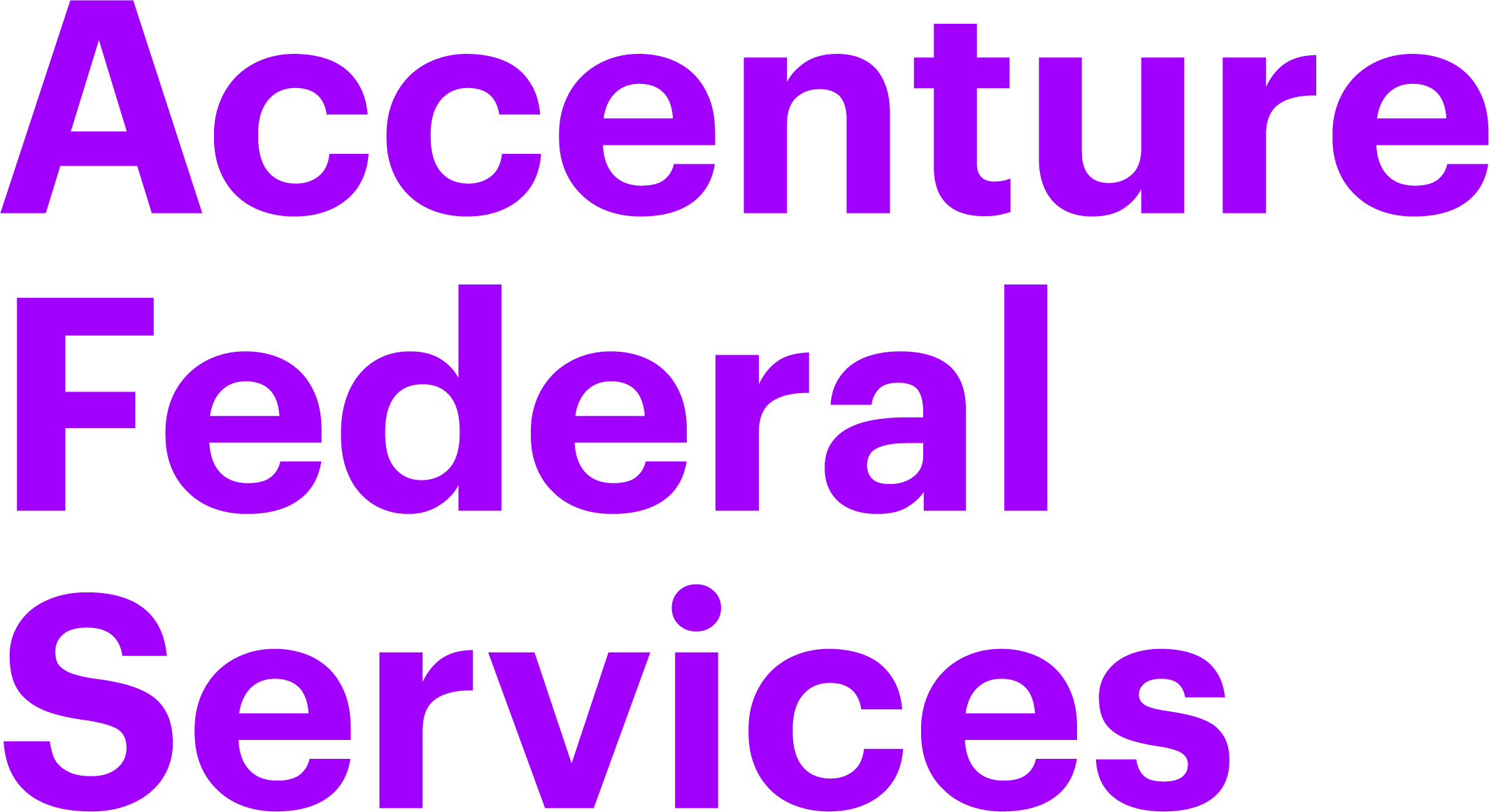One agency saved $60 million and reduced its fleet by 16%. Can your agency do the same?
Presented by
Accenture Federal Services

Integrated fleet management can help fleet managers meet increasing service expectations and reporting obligations while cutting costs. One large civilian agency, for example, achieved these goals while reducing its fleet by 16%, creating a one-time savings of nearly $60 million and realizing an additional annual savings of $3.5 million in fuel and maintenance costs.
In this case study, Accenture shares how integrated fleet management practices helped one agency, which operates a global fleet of over 14,000 motor vehicles at a cost of more than $800 million, achieve several efficiencies.
This agency’s fleet managers used a Fleet Management Information System (FMIS) to perform functions related to vehicle registration, dispatch, maintenance, fuel, and reporting and querying, enabling it to:
Can your agency do the same? If you are like fleet managers at most federal agencies, you need to meet rising service expectations and reporting obligations—and cut costs. Integrated fleet management practices can help you comply with federal mandates, optimize fleet size and performance, identify efficiencies and generate cost savings.
Learn more about how fleet management can support your agency’s efficiency strategy.


